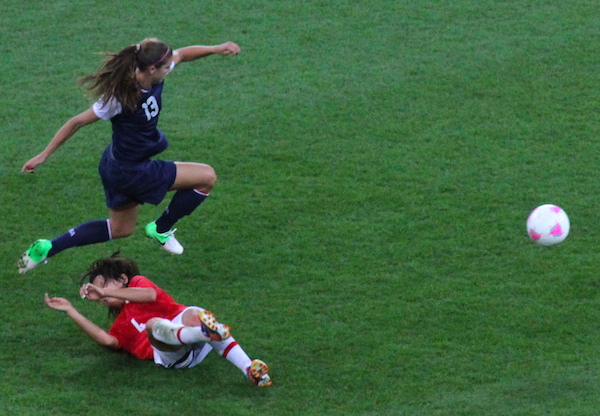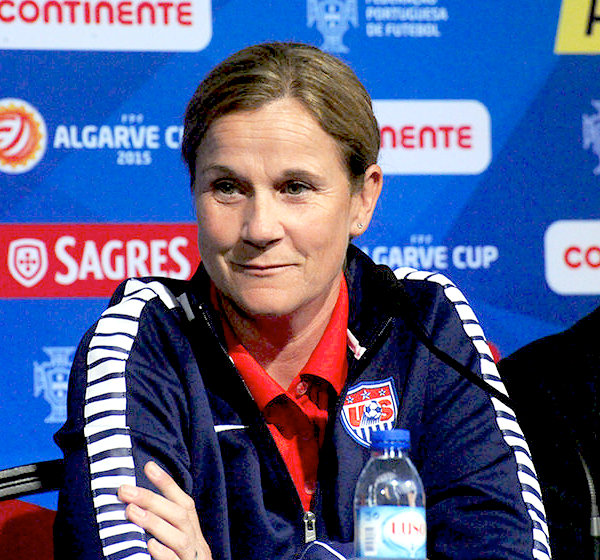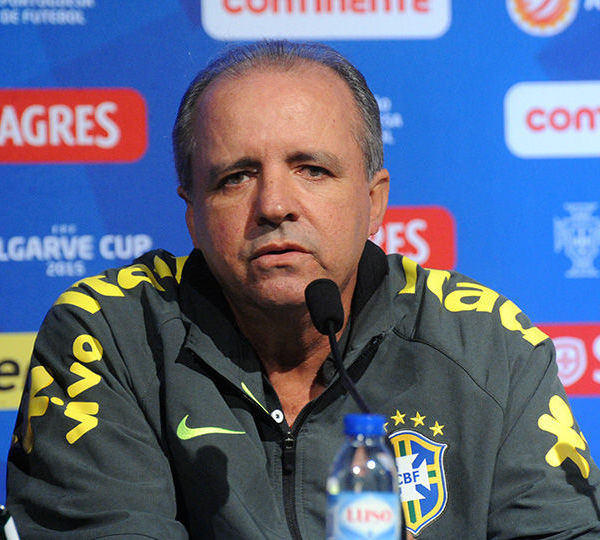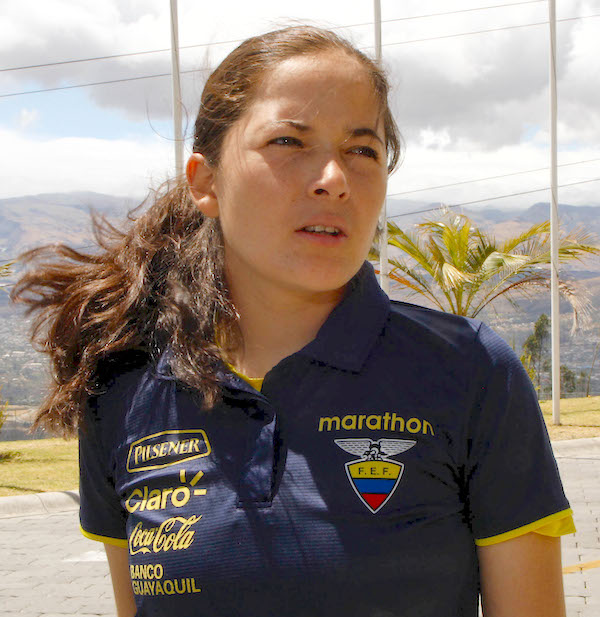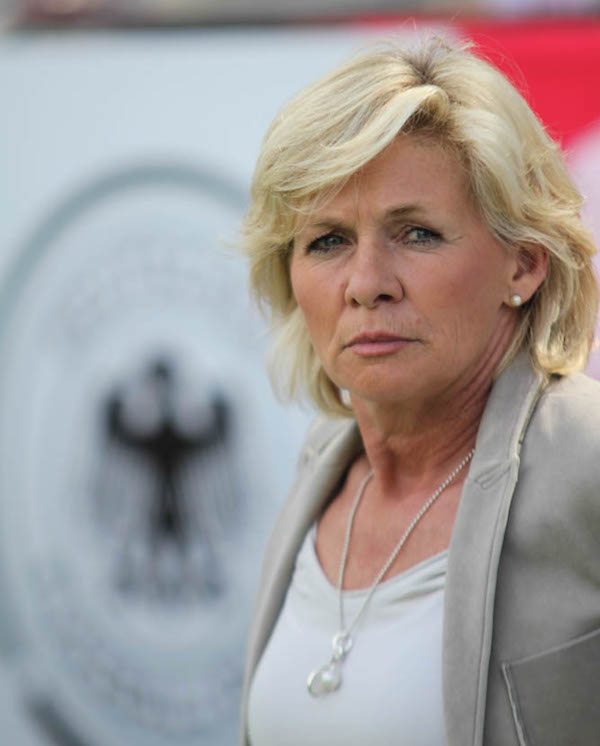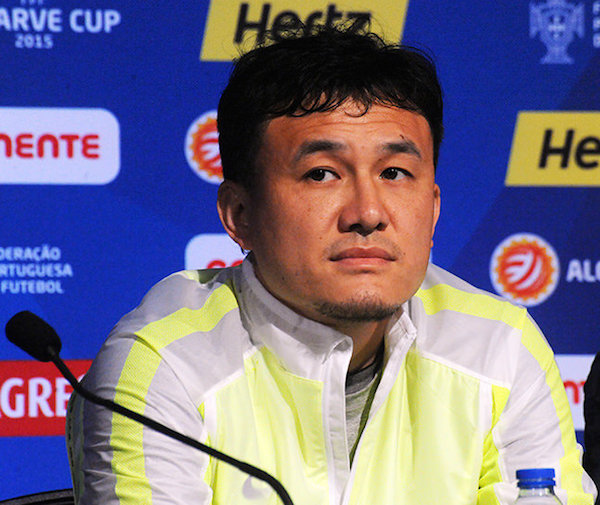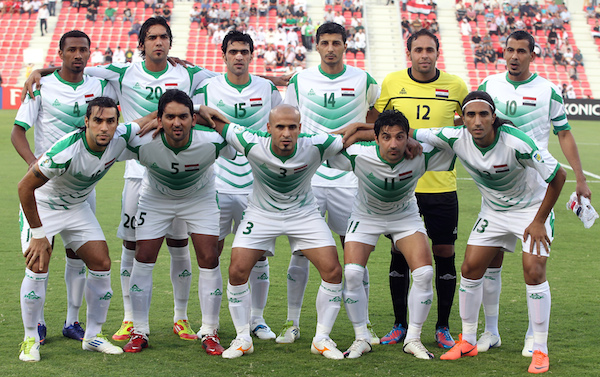Tonight, Monday, June 22, 2015, the United States women’s national soccer team will play in their World Cup Round of 16 game against Colombia. The game starts at 8 p.m. ET (regardless of what television stations that want you to watch their pre-game shows tell you) and it will be televised on Fox Sports 1. Whether you’re jumping on the band wagon now or have been there for the ride from the start, here’s some useful background information about the game.
What’s the plot?
The Round of 16 is where things start to get real in the World Cup. No more ties, no more advancing on points, this is single elimination. Win and move on. Lose and go home. The United States was expected to win their group, and they did, with wins over Australia and Nigeria, and a scoreless tie against Sweden. Although fans have to be happy with the result so far, by and large, they have not been impressed with how the U.S. team has played. Colombian fans, on the other hand, are delighted despite the team’s third place finish in Group F. Colombia scored the tournament’s biggest upset so far when they beat France, 2-0, in Moncton.
Colombia might have preferred to see a less highly regarded team than the United States in this round of the tournament, but if so, they are hiding it well behind a campaign of bluster and accusation. In the days leading up to the game, Colombian players have said they were happy to be playing the United States, accused the U.S. team of taking them lightly, made veiled accusations about the U.S. team being a dirty, trash-talking team, and guaranteed a victory. On the U.S. side, the players have remained calm and utterly bland in their press appearances. The two teams do have a heated history though. In the group stage of the 2012 Olympics, the United States beat the Colombian team 3-0 but not without controversy. During the game, a Colombian player, Lady Andrade, punched Abby Wambach in the face. Although the ref didn’t penalize her during the game, she was later given a two game suspension by FIFA. Wambach, black eye and all, scored later that game. Then she scored the next game… and the game after that… and the game after that. The U.S. won the gold medal. 3-0 was also the score of the last World Cup match these teams played, in 2011, also in favor of the United States.
As a small historic bonus, this is also the 21st anniversary of the United States men’s national team upsetting Colombia 2-1 in the 1994 World Cup. Famous at the time as a feel-good story about an under-powered host team playing over their talent level, it became infamous only a few weeks later when Colombian player, Andres Escobar, was murdered in a killing that was at least partially motivated by his own-goal blunder against the United States.
Who are the characters?
Lady Andrade – Set up to be a villain by her punch to Abby Wambach’s eye, Lady Andrade seems determined to be not just a henchwoman but the main boss-level bad gal. She’s Colombia’s striker and best player. She scored the goal that propelled Colombia to their victory over France and was their best field player throughout the game. At 5’8″, Andrade is a thoroughbred striker, high-strung, athletic, and extremely skilled on the ball.
Sandra Sepulveda – Colombia’s goalie started the World Cup on the bench but after teammate Stefany Castano struggled in the first game, Sepulveda was called on and didn’t disappoint. During the team’s upset against France, Sepulveda had six saves, and was extremely strong in net. Colombia will need her to have a repeat performance if they hope to beat the United States.
Carli Lloyd – The hardest working woman on the U.S. team, Lloyd has been conspicuously inconspicuous through the team’s first three games. It may be that like her male counterpart, Michael Bradley, in last year’s men’s World Cup, Lloyd is being asked to take on so many defensive responsibilities that she’s unable to show up offensively. It’s time for her to show up and I think she’ll come through. Watch for a few long-distance blasts from Lloyd this game.
The defense – while team’s attack has left something to be desired, it’s hard to complain about the back line. Made up of wing backs, Meghan Klingenberg and Ali Krieger and center backs, Becky Sauerbrunn and Julie Johnston, the defense has been rock solid. They have a big job in stymying the Colombian attack but I think they’re up to the task.
Alex Morgan – Injured coming into the tournament, Morgan has slowly reclaimed her position as the core non-Wambachian U.S. striker. What she hasn’t done yet is score. I expect she’ll start up front with Wambach and show us something. If she can’t, she might not be able to hold off Sydney Leroux, who has been playing inspired soccer, for the rest of the tournament.
If you’re interesting in meeting the rest of the United States team, here are our profiles of all 23 of them.
Who’s going to win?
The United States should win this game. It’s easy to be swayed by Colombia’s masterful play against France and the United States’ modest play in the Group stage and think this should be a very close call. It shouldn’t be. The folks at Five Thirty Eight have the U.S. a 95% favorite to advance. In the FIFA rankings, the U.S. is second, Colombia 28th. Colombia is clearly capable of having a big game against a good team but if even a hint of the team that tied Mexico and lost to England shows up, they won’t have a chance. It would be very easy to argue that having survived the “Group of Death,” this should be the easiest game yet for the United States.

